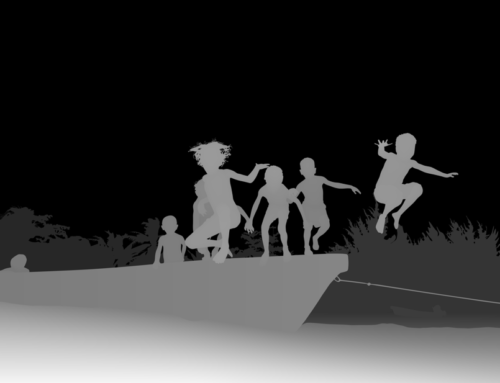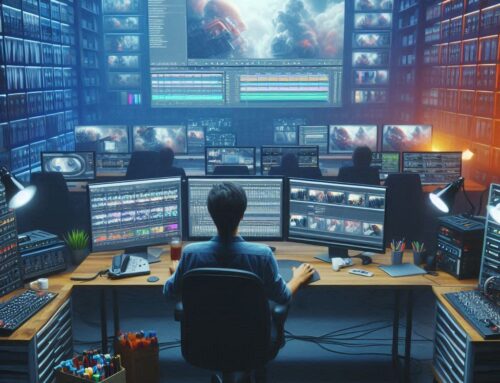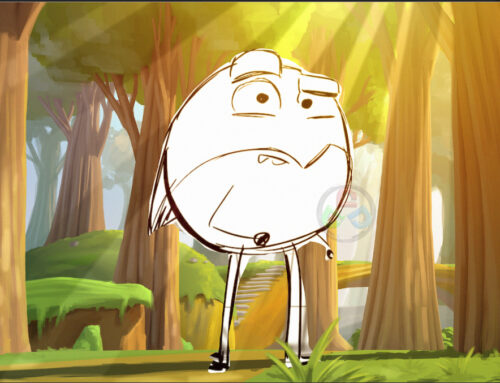Introduction:
In the dynamic world of visual effects, Matchmoving, or Tracking, emerges as a behind-the-scenes hero. This intricate art form seamlessly blends fantasy with reality, acting as the glue that binds computer-generated elements to live-action footage. Join us on a journey into the captivating realm of matchmoving in this blog, where we’ll explore its significance, techniques, and the indispensable role it plays in modern filmmaking.
What is Matchmoving?
Matchmoving, or tracking, replicates live-action camera movement digitally in a 3D space. It merges computer-generated elements seamlessly with live-action footage, enhancing visual effects. The term “matchmoving” signifies aligning virtual elements precisely with the live-action camera, ensuring a seamless blend of reality and the digital realm. This technique is vital for creating captivating scenes and immersive digital experiences in filmmaking and visual effects.
Historical Evolution:
Matchmoving traces its roots to early filmmaking, aiming to integrate animation with live-action footage seamlessly. From manual frame-by-frame methods, it evolved into today’s sophisticated computer-assisted techniques. Technological advances, including motion capture systems and computer vision algorithms, have catapulted matchmoving into the digital age.
Key Techniques in Matchmoving:

- Tracking Features: Matchmoving begins with identifying and tracking distinct features within the live-action footage, such as points or patterns that the software can use to understand the camera’s movement.
- Solving Camera Motion: Once features are tracked, specialized software calculates the camera’s movement in three-dimensional space. This process, known as camera solving, determines the position, orientation, and field of view changes throughout the shot.
- Integration with 3D Elements: The tracked camera data is then applied to the virtual 3D environment, allowing computer-generated elements to move and interact realistically within the live-action scene.
- Refinement and Adjustments: Matchmoving artists meticulously refine the tracking data, ensuring that the virtual elements seamlessly align with the live-action footage. This may involve adjusting for lens distortion, lighting conditions, and other factors to enhance realism.
Modern Applications of tracking:
In the dynamic world of visual effects, Matchmoving, a cornerstone in the industry, finds its application in diverse film and television productions. Its versatility shines, from epic blockbusters with larger-than-life creatures to subtle enhancements in commercials. Matchmoving empowers filmmakers to push boundaries in storytelling and create visually spectacular experiences, showcasing its pivotal role across various genres and scales of production.
Matchmove Beyond Filmmaking:
While Tracking is widely associated with filmmaking, its applications extend to other industries such as gaming, augmented reality, and virtual reality. In gaming, matchmoving enhances the immersive experience by seamlessly integrating virtual elements into the player’s perspective, creating a dynamic and interactive environment.
Check Our Newsletter on LinkedIn – Beyond The Green Screen
Conclusion:
In the grand tapestry of visual effects, matchmoving emerges as a silent virtuoso, orchestrating the dance between reality and fantasy. Its meticulous techniques and transformative capabilities have become an integral part of modern filmmaking, shaping the way audiences perceive and engage with cinematic narratives. As technology continues to advance, 3D Tracking will undoubtedly evolve, unlocking new realms of creative possibilities and cementing its place as a fundamental pillar in the enchanting world of visual storytelling.



